Flying cars for Sydney: UNSW expert predicts timeline for tech
It may seem like something from a far-fetched sci-fi movie, but flying cars are set to become a commonplace in Sydney within the next few years, according to experts.
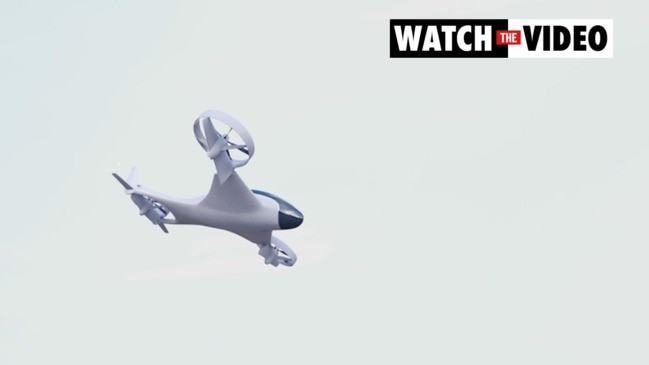
Penrith
Don't miss out on the headlines from Penrith. Followed categories will be added to My News.
Flying cars could be buzzing around the skies of Sydney in as little as five years, according to a UNSW expert.
The vehicles are widely seen as the answer to our congestion woes and will be able reach speeds of 300km per hour and have the ability to both take off and land vertically and fly horizontally as well.
They will also be eco-friendly: boasting zero emissions.
UNSW aerospace design expert, Dr Sonya Brown, believes they could be a reality sooner than we think.

“In very small numbers, worldwide, I’d say we’ll expect to see them in five years with high piloting requirements,” she said. “We’re looking at 10 to 15 years before they’re in more general use.”
Among the earliest adopters are expected to be air ambulance vehicles and ride share companies.
“The early adopters are likely to be professional air-vehicle drivers because there will be, at least initially, high licensing requirements more comparative to a pilot’s license,” she said.
However, as the technology develops, Dr Brown expects greater automation and reduced licensing requirements.
She said they will be able to travel up to 300km an hour and 250km in one charge.
And, given the heights they fly at, they would not disrupt commercial air travel.
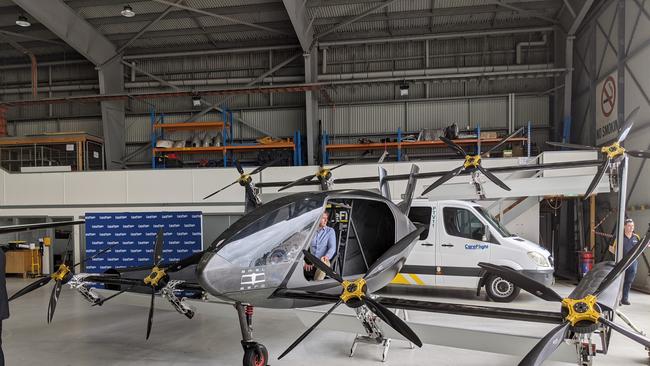
“We’re looking at flying these vehicles below where typical aircrafts would fly, so between a few hundred meters and a few thousand metres above ground,” she said.
A number of companies are already working on the technology including Boeing, Airbus, and Hyundai partnering with Uber.
Dr Brown said Australia company AMSL Aero, partnered with CareFlight NSW, may be one of the early adopters here.
Co-founder and CEO of AMSL Aero, Andrew Moore, said he believes that within a few years the flying vehicle will begin to replace road ambulances.
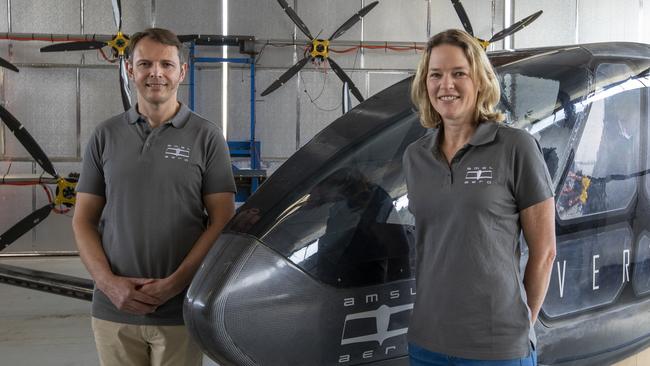
“We see air ambulances as one of the most urgent and needed applications,” he said.
“It will allow faster response than is possible today by road, but will cost less per patient than the road ambulances they replace,” he said.
He is convinced that flying cars will become part of day-to-day life for Australians.
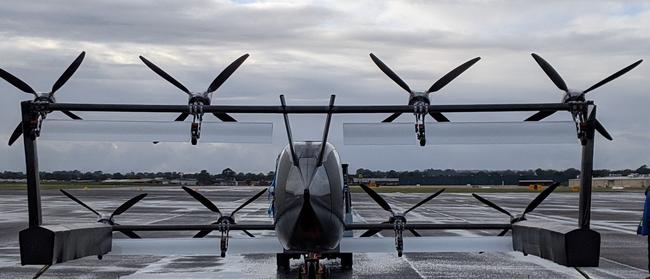
“We will start to see them in commercial passenger operations from around 2024. Over time they will become very common. I think in 20 years it will be normal to hop in one for a ride from work to your beach or forest retreat over 100km away,” Mr Moore said.
“Also the benefits of renewable hydrogen will allow you to go to the nearest vertiport, which might be at your closest shopping centre and fly direct from Sydney to the Great Ocean Road, non stop and hours faster than if you caught an airliner.”
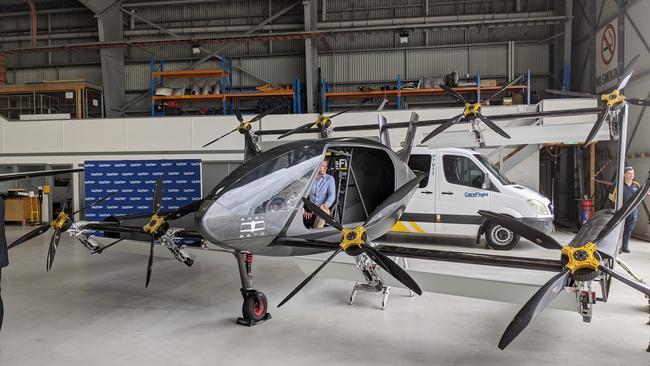
As a result he said it will change how and where we live. People will be able to happily live within a 200km radius of where they work.
Adelaide-based Airspeeder has helped develop vehicles for the electric flying car racing series.
James Warren, from the company, said the performance of the “racing octopcopters” is incredible.
“The amazing thing about race-craft is that they have the same manoeuvrability as a Formula 1 car.
“They can make rapid hairpin turns and when you add in their added dimension of vertical and horizontal manoeuvrability you have an incredible proposition for viewers across the world.”
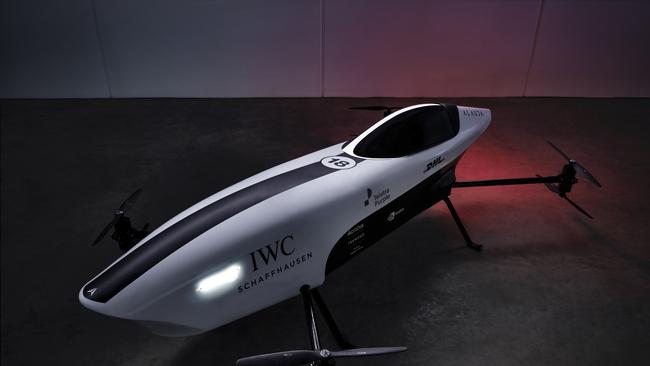
Based out of Adelaide, Airspeeder has gathered a team drawn from major aviation companies like Airbus, Boeing, McLaren, Brabham, Jaguar, Land Rover, Rolls-Royce and Scuderia Ferrari.
“From a design point of view, we worked to create vehicles that people will fall in love with. By many commentators they have been compared to a blend of 1950s racing car and a Spitfire.”
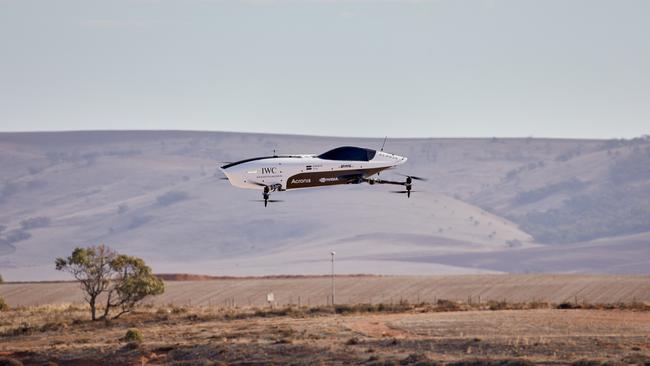
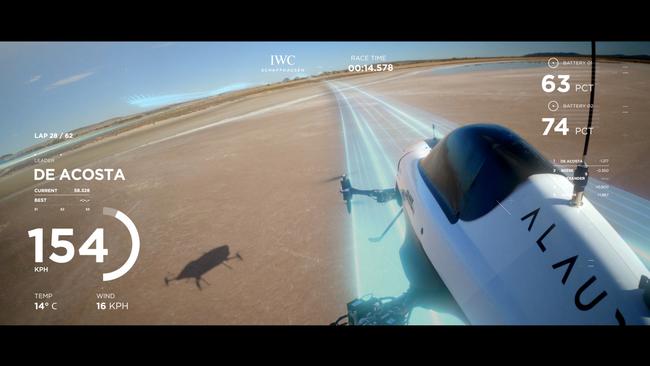
However, there are two key drawbacks for the flying car industry at the moment: legislation and noise.
“Noise is still one of the key challenges in these vehicles because most of them have four to eight rotors,” Dr Brown said.
When it comes to regulation, users may need more than an average licence to take to the skies.
“It will be up to regulators and managing government bodies around the world to work out what licensing category it fits into it – because currently there isn’t one.”




